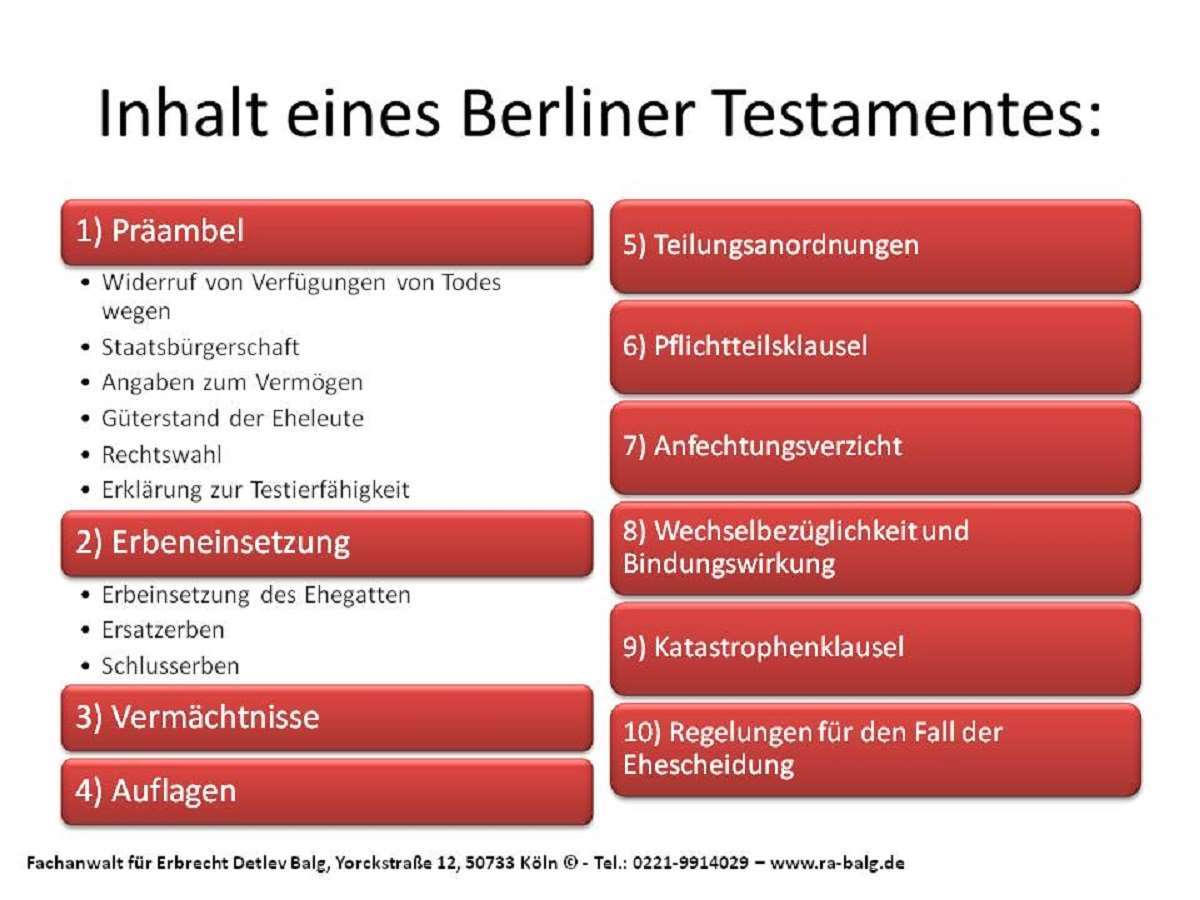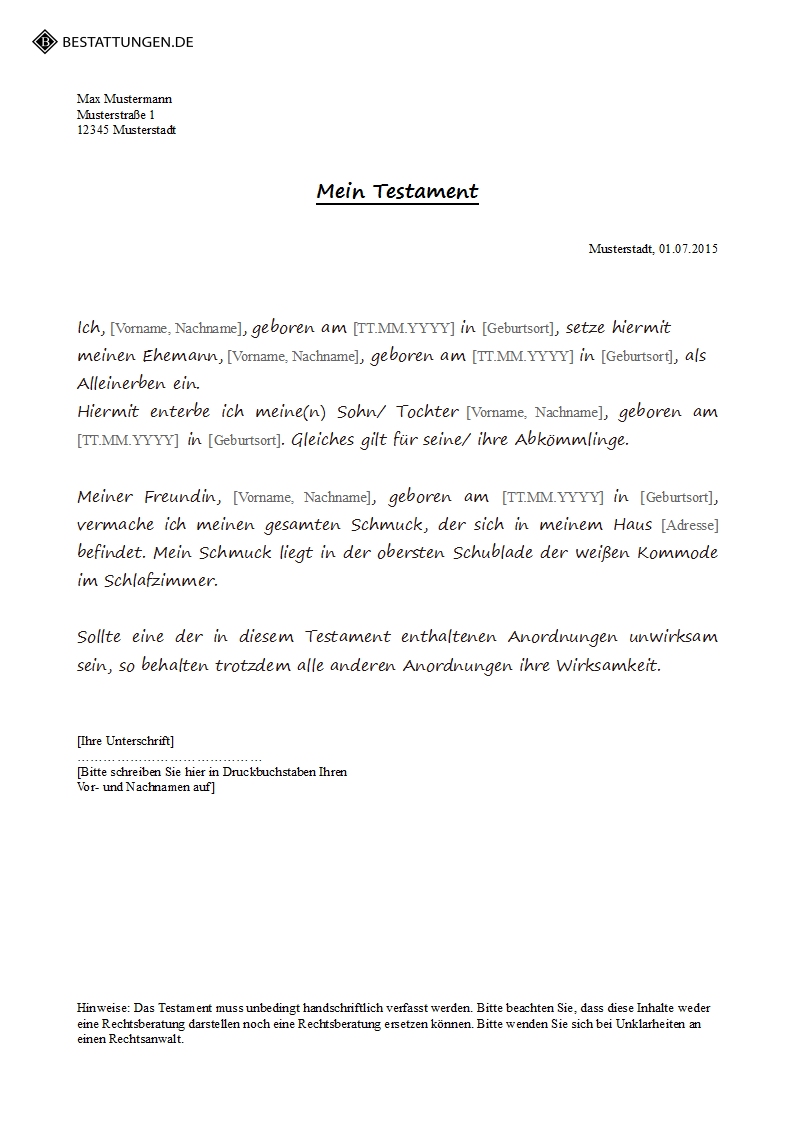.The battle in Berlin was an end phase of the. While the Battle of Berlin encompassed the attack by three Soviet Army Groups to capture not only but the territory of Germany east of the still under German control, the battle in Berlin details the fighting and German capitulation that took place within the city.The outcome of the battle to capture the capital of the was decided during the initial phases of the Battle of Berlin that took place outside the city. As the Soviets Berlin and the German forces placed to stop them were destroyed or forced back, the city's fate was sealed. Nevertheless, there was heavy fighting within the city as the fought its way, street by street, into the centre.On 23 April 1945, the first Soviet ground forces started to penetrate the outer suburbs of Berlin. By 27 April, Berlin was completely cut off from the outside world.

The battle in the city continued until 2 May 1945. On that date, the commander of the Berlin Defence Area, General, surrendered to the commander of the Soviet, Lieutenant-General. Chuikov was a constituent of Marshal. Main article:The sector in which most of the fighting in the overall battle took place was the, the last major defensive line outside Berlin. The was one of the last of. It was fought over four days, from 16 April until 19 April 1945. Close to one million Soviet soldiers and more than 20,000 tanks and artillery pieces were in action to break through the 'Gates to Berlin' which was defended by about 100,000 German soldiers and 1,200 tanks and guns.On 19 April, the fourth day, the 1st Belorussian Front broke through the final line of the Seelow Heights and nothing but broken German formations lay between them and Berlin., having captured the day before, was fanning out into open country.
One powerful thrust was heading north-west towards Berlin while other armies headed west towards a section of front line south-west of the city who were on the Elbe.By the end of 19 April the German eastern front line north of around Seelow and to the south around Forst had ceased to exist. These breakthroughs allowed the two Soviet fronts to the in a large pocket east of Frankfurt. Attempts by the IX Army to break out to the west would result in the. The cost to the Soviet forces had been very high between 1 and 19 April, with over 2,807 tanks lost, including at least 727 at the Seelow Heights. Encirclement of Berlin.
Main article:On 20 April, birthday, Soviet artillery of the 79th Rifle Corps of the 1st Belorussian Front first shelled Berlin. Thereafter, Soviet artillery continued the bombardment of Berlin and did not stop until the city surrendered; the weight of explosives delivered by their artillery during the battle was greater than the tonnage dropped by the Western Allied bombers on the city. The 1st Belorussian Front advanced towards the east and north-east of the city.The 1st Ukrainian Front had pushed through the last formations of the northern wing of General 's and had passed north of, well over halfway to the American front line on the river Elbe at. To the north between and, 's attacked the northern flank of General 's, held by 's.By 24 April, elements of the 1st Belorussian Front and the 1st Ukrainian Front had completed the of the city.The next day, 25 April, the 2nd Belorussian Front broke through III Panzer Army's line around the bridgehead south of Stettin and crossed the Rando Swamp.
They were now free to move west towards the and north towards the Baltic port of. The of 's made contact with the of the near, Germany, on the Elbe River. The Soviet of Berlin was consolidated with leading units probing and penetrating the defensive ring. By the end of 25 April, there was no prospect that the German defence of the city could do anything but temporarily delay the capture of the capital by the Soviets as the decisive stages of the battle had already been fought and lost by the Germans fighting outside the city. Preparation. Berlin apartment blocks in 1900.The German tactics used for in Berlin were dictated by three considerations: the experience that they had gained during five years of war, the physical characteristics of the city, and the methods used by the Soviets.
Most of the central districts of Berlin consist of city blocks with straight wide roads and contain several waterways, parks and large railway marshalling yards. It is a predominantly flat area, with some low hills such as, which is 66 metres (217 ft) above sea level. Much of the housing stock consisted of apartments blocks built in the second half of the 19th century.
Most of those, thanks to housing regulations and few elevators, were five stories high and built around a courtyard that could be reached from the street through a corridor large enough to accommodate a horse and cart or a small delivery truck. In many places, these apartment blocks were built around several courtyards, one behind the other, each reached through the outer courtyards by a ground level corridor similar to that between the first courtyard and the road.
The larger, more expensive faced the street while the smaller, more modest dwellings were grouped around the inner courtyards. The Moltke bridge around 1900After Rokossovsky's 2nd Belorussian Front had broken out of their bridgehead, General disobeyed Hitler's direct orders and allowed von Manteuffel's request for a general withdrawal of the. By 29 April, Headquarters staff could no longer contact the IX Army, so there was little in the way of coordination that Heinrici's staff could still to do. As Heinrici had disobeyed a direct order from Hitler (in allowing von Manteuffel to retreat), he was relieved of his command. However, von Manteuffel refused Keitel's request that he take over, and although ordered to report to Oberkommando der Wehrmacht ('s or Armed Forces High Command) headquarters, Heinrici dallied and never arrived. Keitel later recalled the incident in his memoirs and said that command passed to the senior army commander of the, General. Other sources claim that von Tippelskirch's appointment was temporary and only until the arrival of General, but that Student was captured by the British and never arrived.
Whether von Tippelskirch or Student or both took command, the rapidly deteriorating situation that the Germans faced, meant that Army Group Vistula's coordination of the armies under its nominal command during the last few days of the war were of little significance.In the early hours of 29 April, the 150th and 171st Rifle divisions started to fan out from the Moltke bridgehead into the surrounding streets and buildings. Initially the Soviets were unable to bring forward artillery, as the combat engineers had not had time to strengthen the bridge or build an alternative. The only form of heavy weaponry available to the assault troops were individual ' rockets lashed to short sections of railway lines. Major-General 's 150th Rifle Division had a particularly hard fight, capturing the heavily fortified Ministry of the Interior building. Lacking artillery, the men had to clear it room by room with grenades and sub-machine guns.In the south-east at dawn on 29 April, Colonel Antonov's 301st Rifle Division pressed on with its assault.
After very heavy fighting, the formation managed to capture the Gestapo headquarters on, but a Waffen SS counter-attack forced the regiments of the division to withdraw from the structure. Still confined to the building were seven inmates who had been spared in the massacre of other prisoners on 23 April. To the south-west Chuikov's 8th Guards Army attacked north across the Landwehr canal into the Tiergarten.The Nordland Division was now under Mohnke's central command.
All the men were exhausted from days and nights of continuous fighting. The Frenchmen of the Nordland had proved particularly good at destroying tanks, of the 108 Soviet tanks knocked out in the central district, they had accounted for about half of them. That afternoon the last two of the Third Reich were awarded; one went to Frenchman, who had personally destroyed eight tanks, the other was awarded to SS-, the commander of the 503 SS Heavy Panzer Battalion. Two other men received less prestigious awards for only knocking out five tanks each.During the evening of 29 April, at Weidling's headquarters in the, now within metres of the front line, Weidling discussed with his divisional commanders, the possibility of breaking out to the south-west to link up with the XII Army, whose spearhead had reached the village of in Brandenburg on the banks of the near Potsdam. The breakout was planned to start the next night at 22:00. Late in the evening, Krebs contacted General (Supreme Army Command) by radio: 'Request immediate report. Firstly of the whereabouts of Wenck's spearheads.
Secondly of time intended to attack. Thirdly of the location of the IX Army. Fourthly of the precise place in which the IX Army will break through. Fifthly of the whereabouts of General 's spearhead.' In the early morning of 30 April, Jodl replied to Krebs: 'Firstly, Wenck's spearhead bogged down south of Schwielow Lake.
Secondly, XII Army therefore unable to continue attack on Berlin. Thirdly, bulk of IX Army surrounded. Fourthly, Holste's Corps on the defensive.' . Weidling replaced Oberstleutnant as commander of Berlin who only held the post for one day having taken command from Reymann.
For the 45,000 soldiers and 40,000 Volkssturm.
Thank you for visiting Berliner Testament Vordruck Pdf Idee Berliner Testament Pdf GenialIf you found any images copyrighted to yours, please contact us and we will remove it. We don't intend to display any copyright protected images. We hope you can find what you need here. We always effort to show a picture with HD resolution or at least with perfect images. Berliner Testament Vordruck Pdf Idee Berliner Testament Pdf Genial can be beneficial inspiration for those who seek an image according specific categories; you can find it in this site.
Finally all pictures we have been displayed in this site will inspire you all. This website uses cookies to improve your experience while you navigate through the website.

Pdf To Jpg Converter Free Download
Out of these cookies, the cookies that are categorized as necessary are stored on your browser as they are as essential for the working of basic functionalities of the website. We also use third-party cookies that help us analyze and understand how you use this website. These cookies will be stored in your browser only with your consent. You also have the option to opt-out of these cookies. But opting out of some of these cookies may have an effect on your browsing experience.
This website uses cookies to improve your experience while you navigate through the website. Out of these cookies, the cookies that are categorized as necessary are stored on your browser as they are as essential for the working of basic functionalities of the website. We also use third-party cookies that help us analyze and understand how you use this website.
These cookies will be stored in your browser only with your consent. You also have the option to opt-out of these cookies. But opting out of some of these cookies may have an effect on your browsing experience.